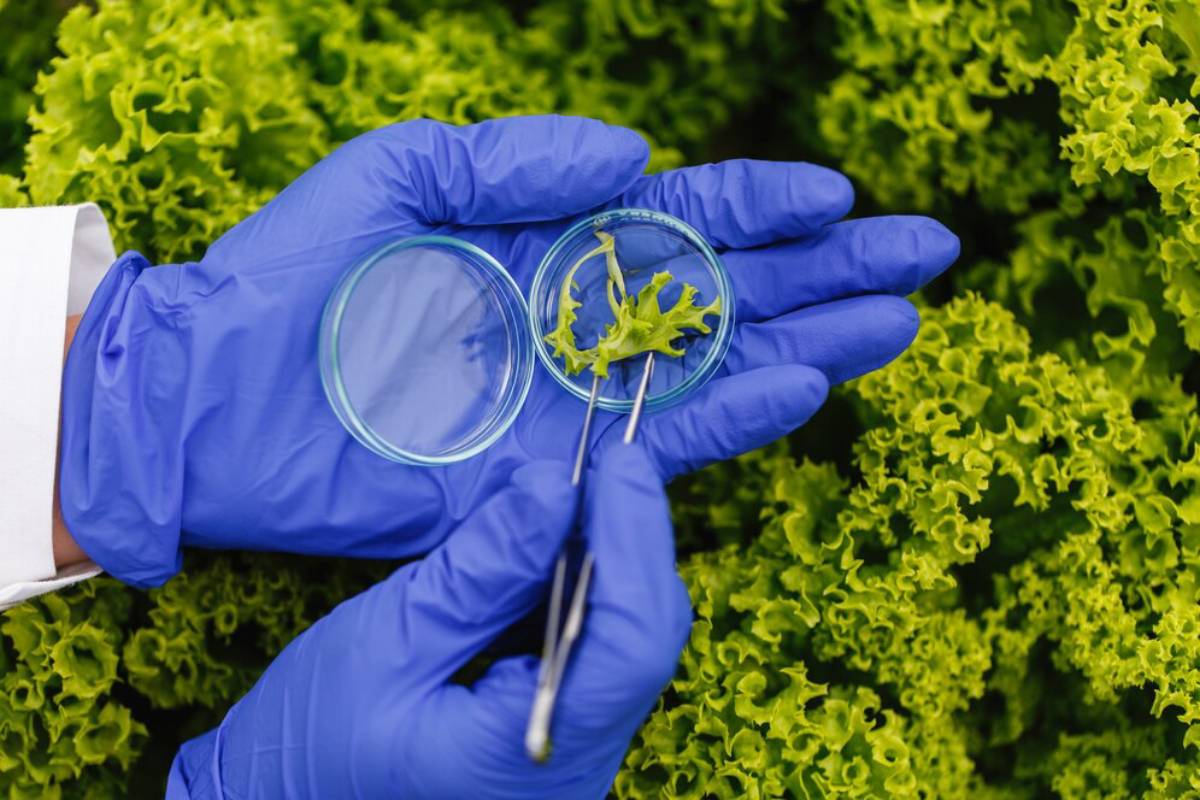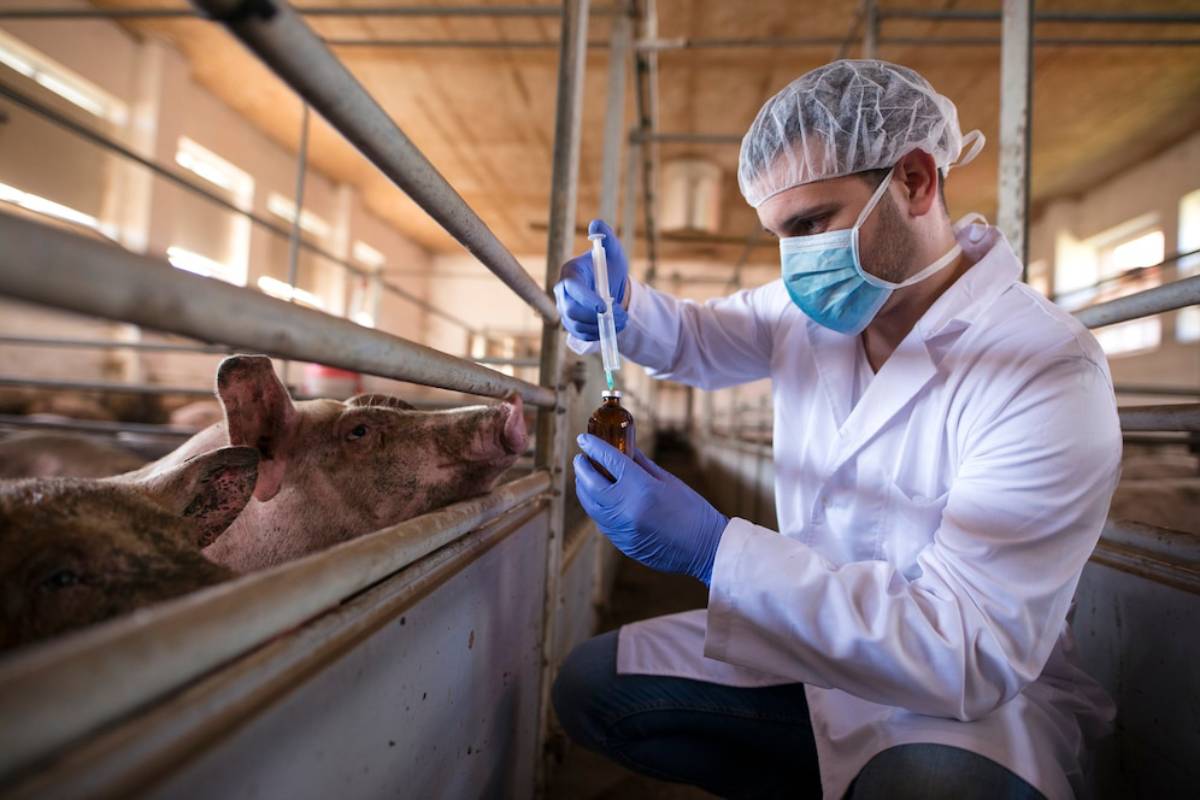
CRISPR Beyond Gene Editing: Emerging Applications in 2025
In recent years, the field of genetic research has witnessed a paradigm shift with the advent of CRISPR technology. CRISPR, which stands for Clustered Regularly Interspaced Short Palindromic Repeats, was praised for its gene editing power. Now, it’s one of the strongest tools in biotechnology. Its precise DNA targeting and modification can treat genetic disorders. This also helps us rethink challenges in medicine, agriculture, and environmental science.
Scientists are improving CRISPR systems and learning more about genome engineering. This has greatly increased the number of possible applications. CRISPR is now leading the way in several areas. It’s not just for editing genes anymore. It plays a key role in diagnostics, sustainable farming, and conservation efforts. The technology is adaptable and efficient. These traits are driving new breakthroughs. They could change whole industries and transform our connection with biology.
By 2025, biotechnology will change a lot thanks to new ways to use CRISPR. This blog looks at new uses for CRISPR. It shows how CRISPR is changing science and medicine. It also discusses what this might mean for our world in the future.
Key Benefits / Why It Matters
CRISPR technology is important because it is precise and versatile. This opens up new possibilities in many scientific fields. Gene editing is a key part of CRISPR’s usefulness. Now, this technology is being used for things that used to seem like science fiction. From diagnostics to agriculture, the potential of CRISPR is vast and varied.
Revolutionising Diagnostics
One of the most promising applications of CRISPR technology is in the field of diagnostics. Traditional diagnostic methods often require time-consuming and expensive processes. However, CRISPR-based diagnostics offer a rapid, cost-effective, and highly sensitive alternative. Researchers are creating CRISPR tests. These tests can find pathogens, genetic mutations, and cancer markers with amazing accuracy. This breakthrough could change how we diagnose diseases. It allows for earlier detection and more personalised treatment plans.
Enhancing Agricultural Practices

Beyond the realm of medicine, CRISPR technology is making significant strides in agriculture. As the global population continues to rise, ensuring food security has become a pressing concern. CRISPR helps create crops that resist pests, diseases, and tough environmental conditions. CRISPR can also boost the nutritional value of crops. This helps fight malnutrition in many regions worldwide. Biotech advancements boost crop yields and support sustainable farming practices.
Environmental Conservation
CRISPR technology is also being leveraged for environmental conservation efforts. Scientists are looking into CRISPR to manage invasive species. These species can greatly harm biodiversity. Researchers can target specific genes. This helps cut down invasive species while protecting native ecosystems. CRISPR is also used to create bioengineered organisms that can break down pollutants. This offers a new way to clean up the environment.
Additional Expert Tips & Common Mistakes to Avoid
As with any groundbreaking technology, the implementation of CRISPR is not without its challenges. Researchers and practitioners must follow best practices. They should also steer clear of common pitfalls linked to the technology.
Ensuring Ethical Considerations
One of the primary concerns surrounding CRISPR technology is its ethical implications. Editing genes brings up concerns about possible misuse, especially with human germline editing. The scientific community must create strong ethical guidelines and rules for using CRISPR technology. It’s important to have open talks with the public and policymakers. This helps make sure the technology is used in a responsible and ethical way.
Addressing Off-Target Effects
CRISPR is renowned for its precision. There is still a risk of off-target effects, where unintended genetic modifications occur. These off-target effects can have significant consequences, particularly in clinical applications. Researchers are always improving CRISPR technology. They aim to reduce risks and create more accurate, reliable gene editing methods. Scientists must do careful risk assessments and validation studies. This is key to ensuring the safety and effectiveness of CRISPR-based applications.
Advanced Insights / Expert Recommendations
CRISPR technology is always changing. Experts are looking for new ways to use it. They want to expand what we can do with this tool. Here, we delve into some of the advanced insights and expert recommendations for harnessing the full potential of CRISPR.
Synthetic Biology and CRISPR
Synthetic biology is a new field. It mixes biology with engineering. The goal is to design and build new biological entities. CRISPR technology is key in this field. It allows for exact genetic changes. This helps create synthetic organisms with specific traits. Bioengineered organisms could change industries like biofuels, medicine, and materials science. Researchers use CRISPR to create organisms that make biofuels better. They can also synthesise complex drugs and develop sustainable materials. This drives innovation in many industries.
CRISPR in Personalised Medicine
Personalised medicine has changed healthcare. It provides treatment plans based on a person’s genes. CRISPR technology leads this change. It allows for gene therapies that focus on specific genetic mutations. CRISPR-based therapies can fix these mutations. This may help treat many genetic disorders, like cystic fibrosis and muscular dystrophy. Researchers are improving CRISPR techniques. This will broaden personalised medicine. It brings new hope to patients with conditions that were once untreatable.
Looking Forward: CRISPR’s Promise and Responsibility

As we look towards 2025, the potential of CRISPR technology extends far beyond its origins in gene editing. CRISPR will change the future of science and medicine. It can revolutionise diagnostics, agriculture, personalised medicine, and environmental conservation. However, with great power comes great responsibility. Researchers, policymakers, and the public must work together. This teamwork is key to using CRISPR technology ethically and responsibly. It will help create a brighter, more sustainable future.
As we explore CRISPR’s possibilities, it’s important for stakeholders to stay informed and engaged in the ongoing conversation about this game-changing technology. We can unlock CRISPR’s full potential by promoting innovation and ethics. This approach helps us tackle urgent global challenges.
What do you envision as the next frontier for CRISPR technology? Share your thoughts and join the conversation as we explore the future of this groundbreaking innovation.


